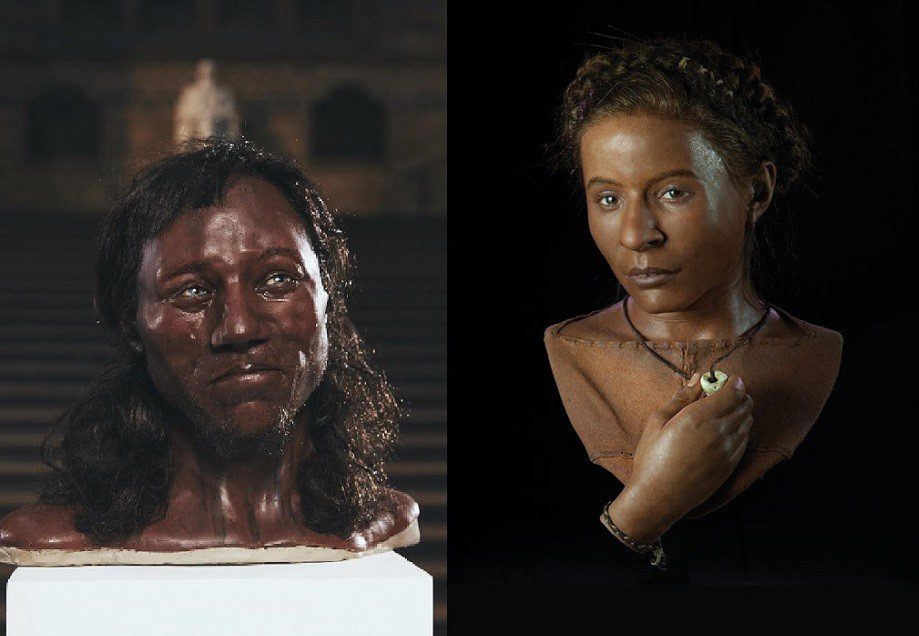The people of Early Neolithic Britain, whose descendants went on to build Stonehenge, might not be who you thought they were.
Some 6,000 years ago, a wave of farmers from the Aegean coast in what is now modern-day Turkey traveled across mainland Europe, mingled around in the Mediterranean for some time, then made their way into Britain where they sparked the advent of agriculture on the island. Within a matter of centuries, they almost totally replaced the native “British” hunter-gatherer population.
Reporting in the journal Nature: Ecology & Evolution, a new study has analyzed the ancient DNA of dozens of people living in Britain between 8500 BCE and 2500 BCE, six of whom were Mesolithic hunter-gatherers (dating from 11,600-6,000 years ago) and 47 Neolithic farmers (dating from 6,000 to 4,500 years ago). One of these skeletons included Cheddar Man, the oldest near-complete human skeleton found in Britain.
The genetic evidence shows that most of the hunter-gatherer population of Britain was replaced by farmers carrying ancestry originating in the Aegean coast, whose genetic makeup closer matches up with today’s population in Spain and Portugal.

Left: Cheddar Man, an example of a Mesolithic Briton. Image credit: © Tom Barnes/Channel 4. Right: 3D reconstruction of Whitehawk Woman, an example of a Neolithic Briton from 5,600-years-ago. Image credit: © Royal Pavilion & Museums, Brighton & Hove
Most importantly, they didn’t just leave a genetic impression on Britain; they also brought with them the game-changing art of agriculture, as well as other important cultural practices, such as new funerary rites, pottery, and monument building. Agriculture is first dated in Britain to around 6,000 years ago. Before that people fed themselves by hunting, fishing, and gathering.
“The transition to farming marks one of the most important technological innovations in human evolution… For over 100 years archaeologists have debated if it was brought to Britain by immigrant continental farmers, or it was adopted by local hunter-gatherers,” explained study author Mark Thomas, Professor of Genetics, Evolution & Environment at University College London, in a press release.
“Our study strongly supports the view that immigrant farmers introduced agriculture into Britain and largely replaced the Indigenous hunter-gatherer populations.”
Just like most other European hunter-gatherers, the Mesolithic Britons had dark skin and blue eyes. These genes were promptly wiped out after the arrival of the Aegean farmers, suggesting the native population was comparatively small and quickly mixed with the flocks of new-comers. The continental farmer populations also had their own long and thorny genetic heritage. On their journey from Turkey, they expanded along both the Mediterranean and Rhine-Danube in modern-day Germany, picking up ideas and genes along the way.
If this study proves anything, it shows that the history of migration and genetic heritage, in Europe and beyond, is a lot more interwoven and complex than it’s often made out to be.
This article was originally published in April 2019.
Source Link: Who Built Stonehenge? Genetic Analysis Suggests They May Not Be Who You Think